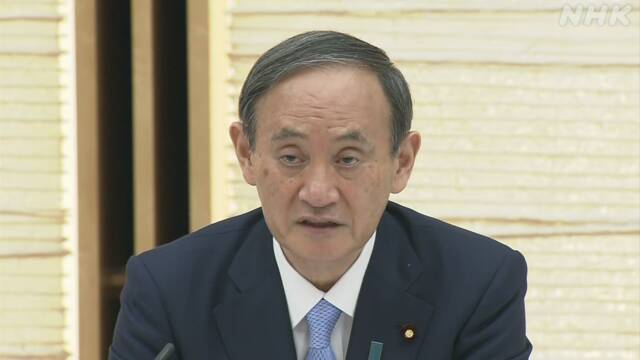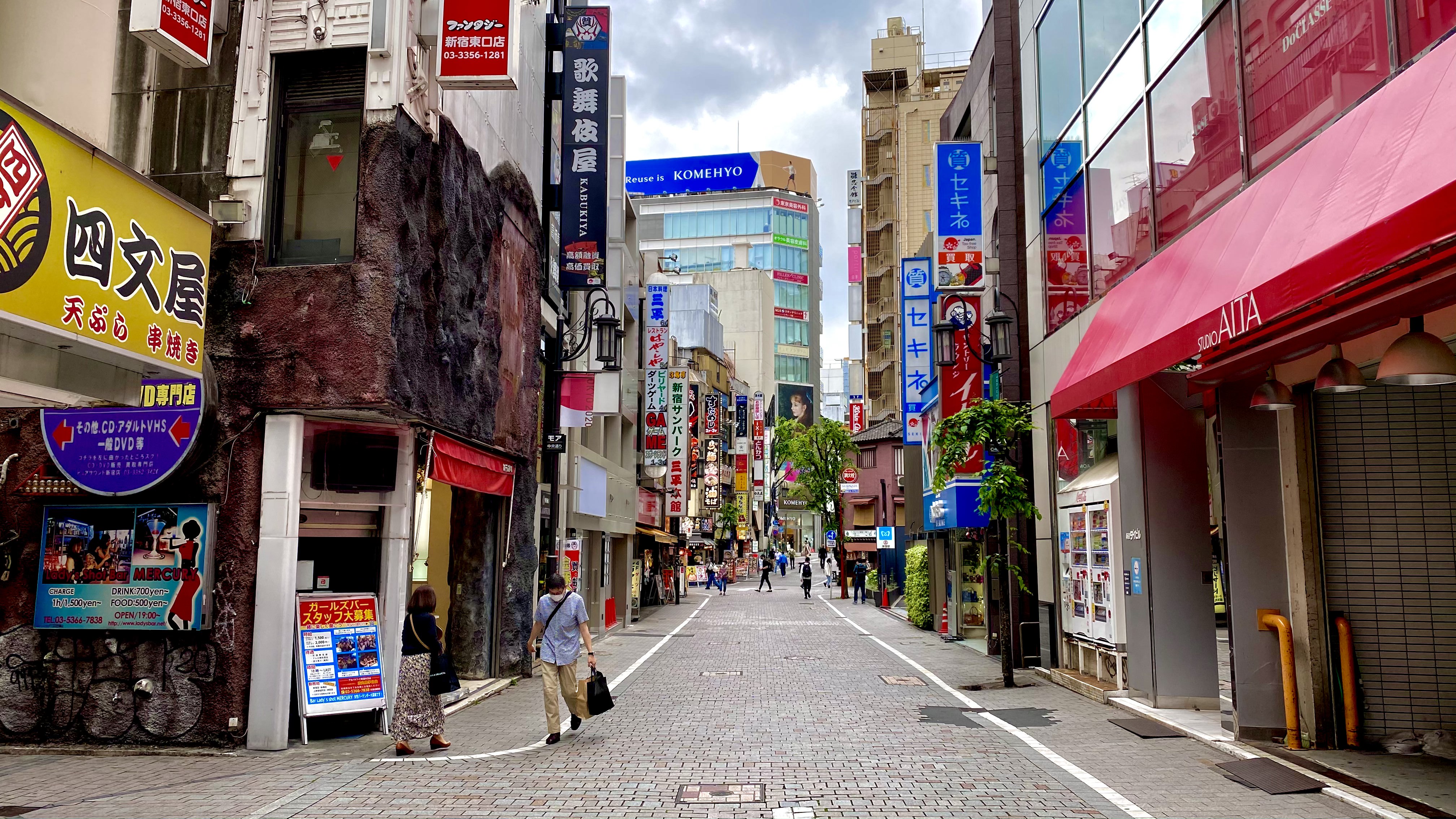
Prime Minister Yoshihide Suga on May 28 (Photo via NHK)
Japanese Prime Minister Yoshihide Suga announced tonight that the current State of Emergency to stop the spread of the coronavirus will continue until at least June 20 in 9 prefectures. This State of Emergency, the third to be declared since March 2020, started on April 25 in four prefectures and has since been expanded and extended once before to include ten more.
The nine prefectures under this extension include Tokyo, Hokkaido, Aichi, Osaka, Hyogo, Kyoto, Okayama, Hiroshima, and Fukuoka. Meanwhile, Okinawa already has the State of Emergency declared until June 20.
The “stage three” warnings will also continue in the Greater Tokyo prefectures of Saitama, Chiba, Kanagawa, as well as Gifu and Mie, Though Gunma Ishikawa, and Kumamoto prefectures are set to have their “stage three” warnings end on June 13, with the government hoping to not extend them again.
“Stage three” is the third stage on the “special priority measures” four-stage system, which grants some abilities to the governors, but not to the same level as those prefectures that are under the State of Emergency, the fours stage in the system.

Shinjuku on May 7 (Photo: Daryl Harding)
While it isn’t confirmed yet if the declaration will loosen or tighten restrictions, as the governors of each prefecture have the power to decide based on the needs of their areas, overall businesses need to close be closed before 8 PM, no alcohol is to be served in restaurants or bars (effectively closing them), and events are capped to half capacity or 5,000 people, whichever is less.
Cinemas in Tokyo have remained closed during the first extension, with some prefectures only opening theaters during weekdays and closing before 8 PM.
With this extension, the second, this will be the longest State of Emergency since the pandemic started, and will end a month before the Tokyo Olympics. Yasutoshi Nishimura, the minister in charge of the COVID-19 response confirmed today during a session of the DIET that postponing for canceling the Olympics is in the hands of the International Olympic Committee. IOC president Thomas Bach said today that he wants people to “come to Tokyo with confidence.”
Meanwhile, Shigeru Omi, the chairman of the government's panel of experts to combat COVID-19, explained today, “in theory, if everyone who comes to Japan is thoroughly tested before and after their departure, and if everyone is given a good quality vaccine, the influx of the virus into the country can be prevented, but this is not always the case in reality.”
Omi continued, “the strain from India has spread around the world considerably, so there is a natural risk of the virus entering the country if a lot of people come.”

Tokyo Station on May 20 (Photo: Daryl Harding)
At this time, 7% of all new cases in Tokyo have been confirmed to be the L452R variant found in the B.1.617 strain, which is known as the Indian strain. The UK variant, known as N501Y, makes up 80% of all positive cases in Osaka, Hyogo, and Tokyo. These tests are based on people who have never traveled abroad.
As of writing, Tokyo announced 614 new cases today, with Japan as a whole reporting 3,708 new cases. The amount of new cases today in Tokyo is still more than when the State of Emergency was first declared on April 25. May 27 saw a record amount of severe cases of COVID-19, at 1,413. According to the NHK, the vaccine rate in Japan is still one of the lowest in the world for a developed country, sitting at 2.43% of people fully vaccinated. Even taking into account people who have had one shot, Japan is only slightly above Indonesia at 6.41%.
Sources: NHK (1, 2, 3, 4, 5, 6) The Japan Times
If you or someone you know is living in Japan, coronavirus-based English resources are available at NHK World Japan.
----
Daryl Harding is a Japan Correspondent for Crunchyroll News. He also runs a YouTube channel about Japan stuff called TheDoctorDazza, tweets at @DoctorDazza, and posts photos of his travels on Instagram.
Source: Latest in Anime News by Crunchyroll!
Comments
Post a Comment